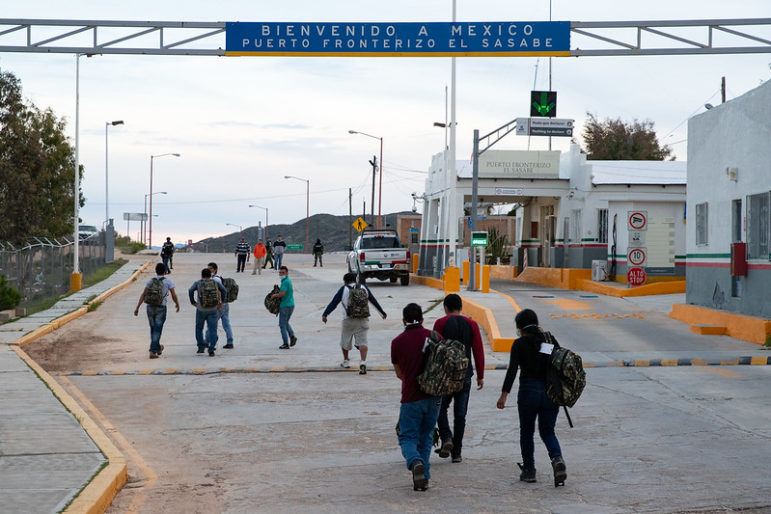Over the span of my life’s work I’ve had the great opportunity to witness and participate in dramatic changes to urban environmental thinking here in New York City. As we present the Brooklyn Community Foundation’s first-ever “Greening from the Ground Up” conference this week at Pratt, I find myself reflecting on the respective roles of government and the community when it comes to putting environmental change into practice.
Ours hasn’t always been a city concerned with sustainability. Our focus has been on planning for growth, except when we retreated during the fiscal crisis of the mid-1970’s into “planned shrinkage.” But it was about that time that things really began to change when the federal government passed the Clean Water Act after Lake Erie caught on fire and political pressure finally built to set federal standards on water quality – both drinking water and wastewater.
New York City followed suit and established its first vity agency focused on air quality and hazardous materials and began to reorganize the Department of Water Supply, which eventually became the Department of Environmental Protection, where I would later serve as commissioner.
At the same time, community activism over the environment and open space began to take hold as neighborhoods came together to reclaim vacant city owned lots and turn them into gardens and mini-farms.
As a young city planner working here in Brooklyn, I began to understand the real power that a partnership between government and community could have. Neighborhood-based organizations like the Flatbush Development Corporation, the Cypress Hills CDC, Bed Stuy Restoration, St. Nick’s, and Fifth Avenue Committee were all being born out of a desire and a need to reverse the pattern of decay and disinvestment.
And here we are 40 years later. Change is in the air. It’s in the water. It’s in the soil. We’re greener, leaner, and a whole lot meaner when it comes to taking care of our blocks, gardens, parks and schoolyards. And I’m proud to say it’s a change that’s come from the ground up.
Today, the community leadership is more evident than ever before. I am thrilled to see how environmental values have taken deep roots in nearly every aspect of work that our community development organizations are engaged in, and that the Brooklyn Community Foundation is able to be a booster of their efforts, and a convener and catalyst for great cooperation and idea sharing among them.
Don’t get me wrong–government’s role in setting and enforcing standards and providing money for infrastructure is more important than ever. Without the city, state and federal commitment we would not have 14 sewage treatment plants processing over 1.3 billion gallons of wastewater daily. Without clean, healthy drinking water delivered daily by our municipal water system, we could not be a first-world city.
But is has been a joy to see how environmental values have taken hold—not because there is legislation requiring it, but because residents and community activists have found ways, even in our dense urban environment, to make our city, and Brooklyn especially, more beautiful and more healthful for everyone.
Last year alone, the Brooklyn Community Foundation supported nearly two dozen nonprofit organizations’ environmental efforts through our Green Communities Fund, including the work of Bedford Stuyvesant Restoration Corporation, Cypress Hills Local Development Corporation and El Puente of South Williamsburg. We believe so much in the leadership of community development organizations in advancing change that we’ve put up $750,000 over three years to back the sustainability work of these three groups in an initiative we call BROOKLYN GREENS.
Our BROOKLYN GREENS partners are focused on building and preserving affordable housing, encouraging the development of new open space resources, instilling environmental values in children, providing new and healthier food options across their neighborhoods and training workers for the green economy. In working together, they’re sharing their best practices, challenges and successes, and ultimately contributing to what will be a “green master plan” for other communities willing to take on holistic environmental change, from the ground up.
I’ve been privileged to be a part of trying to make things better from the government side and from the nonprofit community side. There is real power in that partnership. I learned long ago that we achieve real success when New Yorkers, community organizations and government come together with a shared goal and collaborative spirit. Slowly but surely, I think we’re on our way to a greener, healthier city, with Brooklyn leading the way!








